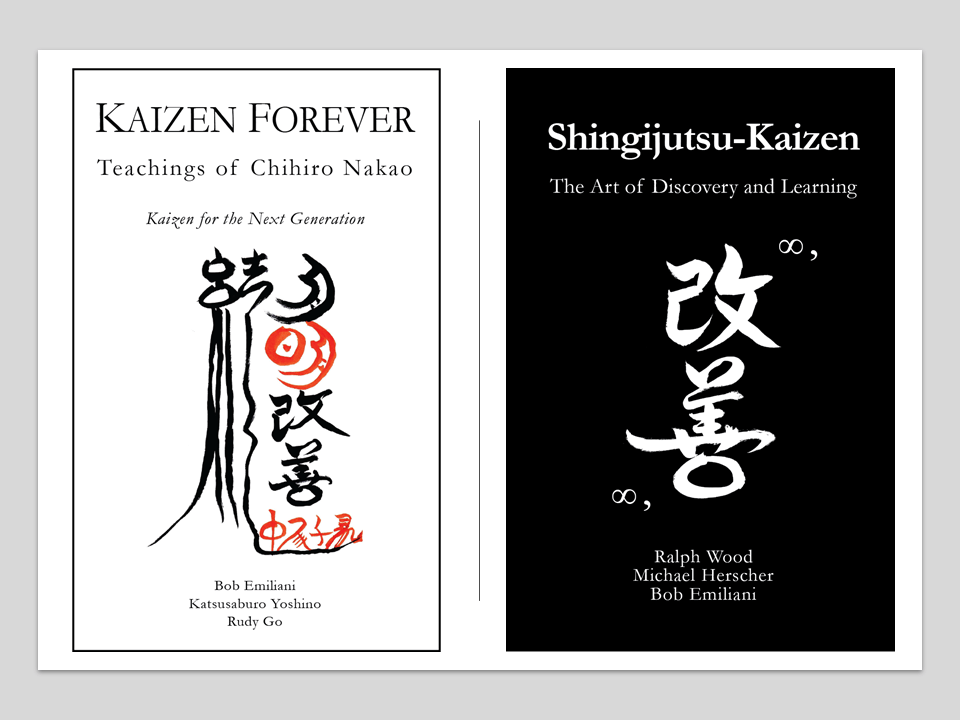Everyone who has engaged in kaizen using industrial engineering methods to analyze work always finds there is more of this or that than is necessary to do the work. Steps are added to a process whenever problems occur. Constant worker, supervisor, and middle-manager turnover assure that problems are always “new” to someone and need something added for correction to take place. Over time, there is an accumulation of added steps due to accumulated problems, each step being seen as an improvement. Most, if not all of whatever was added — additional processing steps, quality measurements, over-inspections, etc. — is found to be waste.
When confronted with a problem or the need to improve something, people seem instinctively driven to add things as if that is the only way to fix a problem or make an improvement. Why? Perhaps it is human evolutionary wiring, habit, or simply compliance to what others expect to see. Because it physically looks like something has been done — something positive that can be talked about and easily seen by others — it simplifies the claim that progress has been made and that you did your job. Even Lean tools, if used improperly (as is commonly the case), will result in the addition of many things that are not needed.
The phenomenon of adding things to fix problems or make improvement does not happen only at the worker, supervisor, and middle-manager levels. It also happens with top leaders. They too like to add things to fix problems or make improvements. When a company has financial problems or productivity problems, they add new tools to solve their problems. For decades we have seen a consistent pattern in corporations where most leaders see Lean management as tools to add to the company’s toolkit. They are eager to add them so that workers can help solve ever-present financial problems or productivity problems. Merely adding tools is seen as improvement. Some companies have massive libraries of hundreds of tools that few employees use. Even decisions to outsource internal work, which can seem like subtracting something, is actually the addition of one or more suppliers (and a multitude of different problems), relationship with whom will have to be managed.
Back to kaizen. The type of kaizen I learned from Shingijutsu (by way of Toyota) was innovative in that restrictions were placed in kaizen teams to solve problems and make improvements by subtracting things. We were given many constraints (Chihiro Nakao’s “Nos”) — no money, no new equipment, no space, no conveyors, no set-up time — some 30 “Nos” (subtractions) which constitute most of the additions that people make when solving a problem or making an improvement. In addition to forcing us to think creatively, Mr. Nakao’s Nos resulted in innovations, substantial simplification of processes such that the work was earlier for operators, the quality was improved, the lead-time reduced, productivity improved, costs reduced, and so on. Learn more about kaizen and Mr. Nakao’s Nos in these two books (click on image):
TPS and its derivative Lean management usually fail to take root in organizations because employees are encouraged to add things instead of challenged to subtract things. Adding bring rewards, subtracting brings unwanted questioning from one’s boss. Classical management, gatekeeper of the status quo, does not challenge people to think differently. Its representatives, senior leaders, are satisfied when people add things to solve problems or make an improvement. The evidence that subtraction produces better human and business results is waved away because traditions, and those who uphold them, are insensitive to evidence.
Yet the day may soon come when subtraction comes into vogue because addition consumes too much earthly resources and makes work harder for people. Thankfully, kaizen shows us the way.


